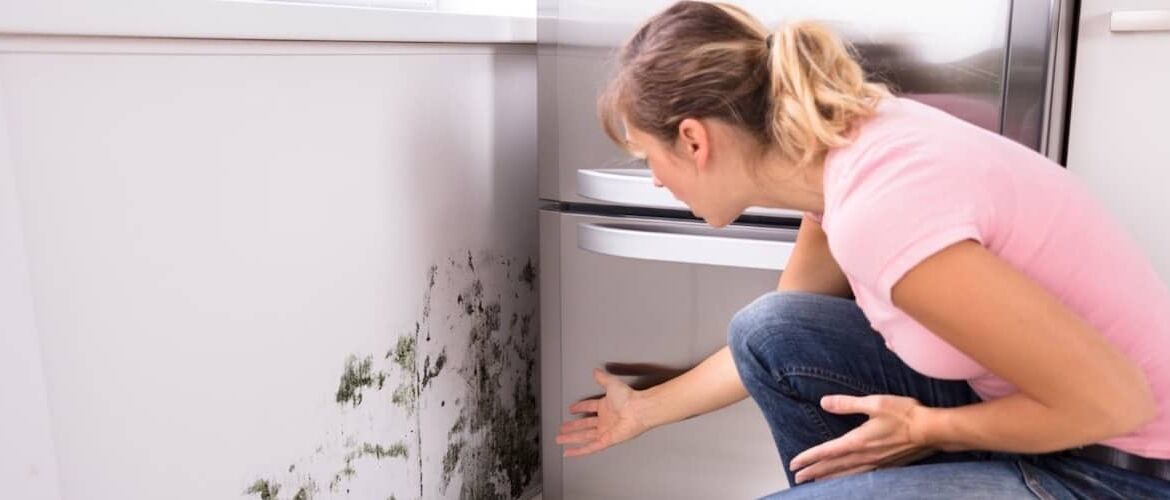
Most people have not realize what a serious problem mold can be. In fact, the United States Environmental Protection Agency has made a point to give advice to citizens on how best to avoid the growth of mold in their homes. According to them, the most important thing you can do to avoid the growth of mold is to avoid excess moisture in the home.
In other words, it is by controlling the environment that you can keep mold from growing. However, in many cases, it is too late to avoid the growth of mold. What can you do if mold has already grown in your home?
Of course, you will first have to find out if you even have mold. There are many ways that people can recognize mold in their homes. In some cases, it can take professional mold inspection and testing to find subtler instances of mold.
Smell
When performing a mold inspection, air quality testing is one of the most effective diagnostic tools. Fortunately, the body has its own natural air quality testing tools.
In most cases, you can use your nose to discover mold in your home. That can often be the first step towards mold remediation or mold removal.
Mold has a certain musty smell, a little bit like cat dander, or like general pet dander. Of course, most people have smelled mold before. Finding mold in your home can be as simple as walking carefully through each room and smelling the various walls and floors throughout your home.
This can also be a good time to check out your VOC air quality. VOC refers to volatile organic compounds, like fungal spores. They are created by mold and other organic systems.
If you want to check your VOC air quality, then it might be best to speak with professionals. Quality professionals may also be able to perform asbestos testing and lead paint tests if necessary.
Stains
In many cases, mold is visible. Carefully examine your home, using a flashlight when necessary. Old mold may look black, while other molds might look like green or gray fur.
A Suitable Environment
When looking for mold, it can help to look in the places that mold is most likely to grow. That means the basement.
Additionally, mold might grow in other damp areas of your home. That can mean under your sinks or anywhere where you have pipes that might develop leaks.
Enjoy the Benefits of Quality Mold Inspection and Testing
We hope that you were able to learn something helpful from this brief article about the importance of mold inspection and testing. There are many small ways that you can detect the presence of mold in your home. There are also subtle ways that mold can develop without being noticed.
If you would like to learn more about how to keep your home free from mold, feel free to reach out and get in touch with us at any time.

